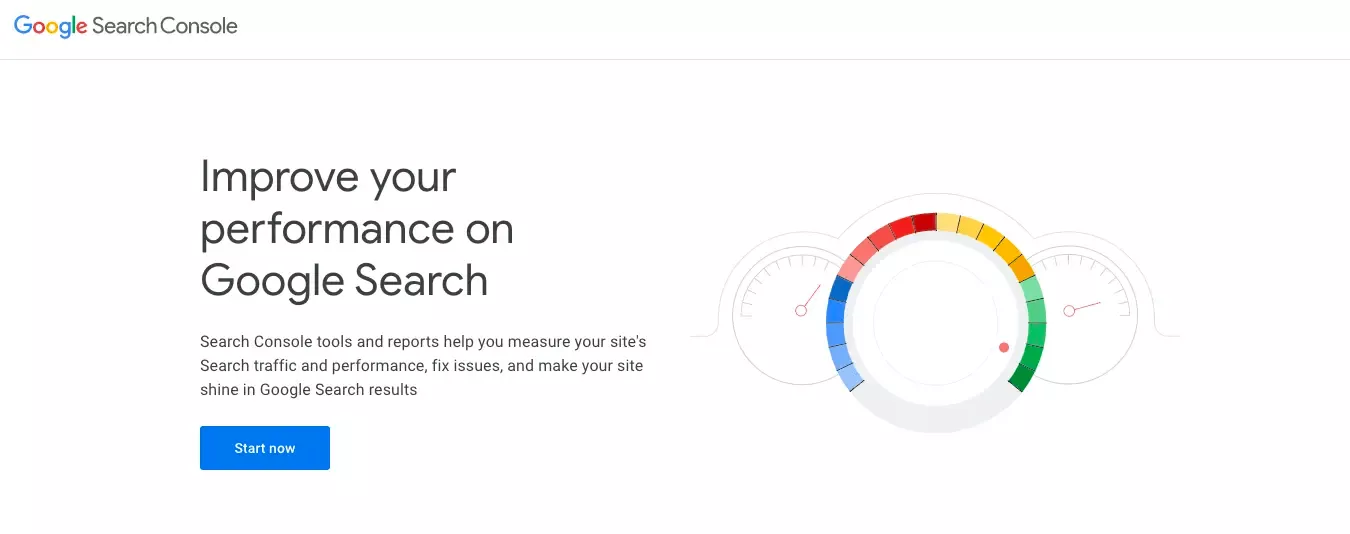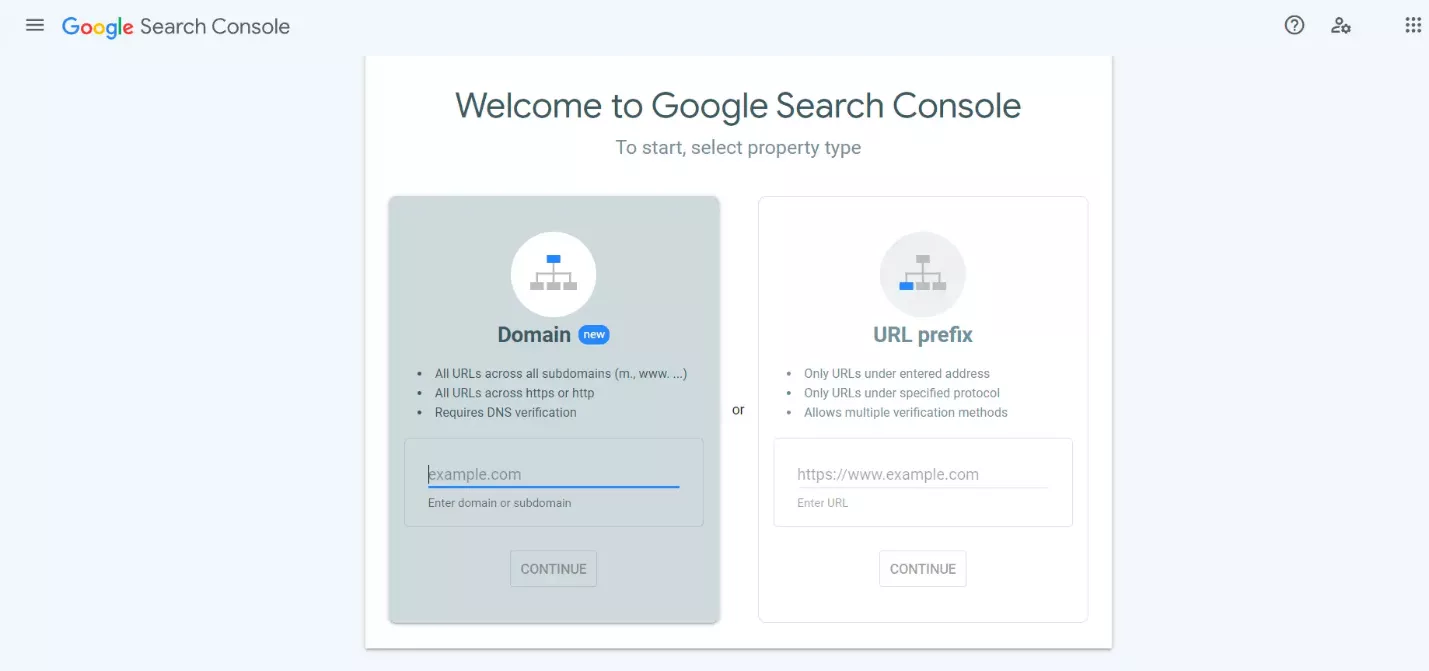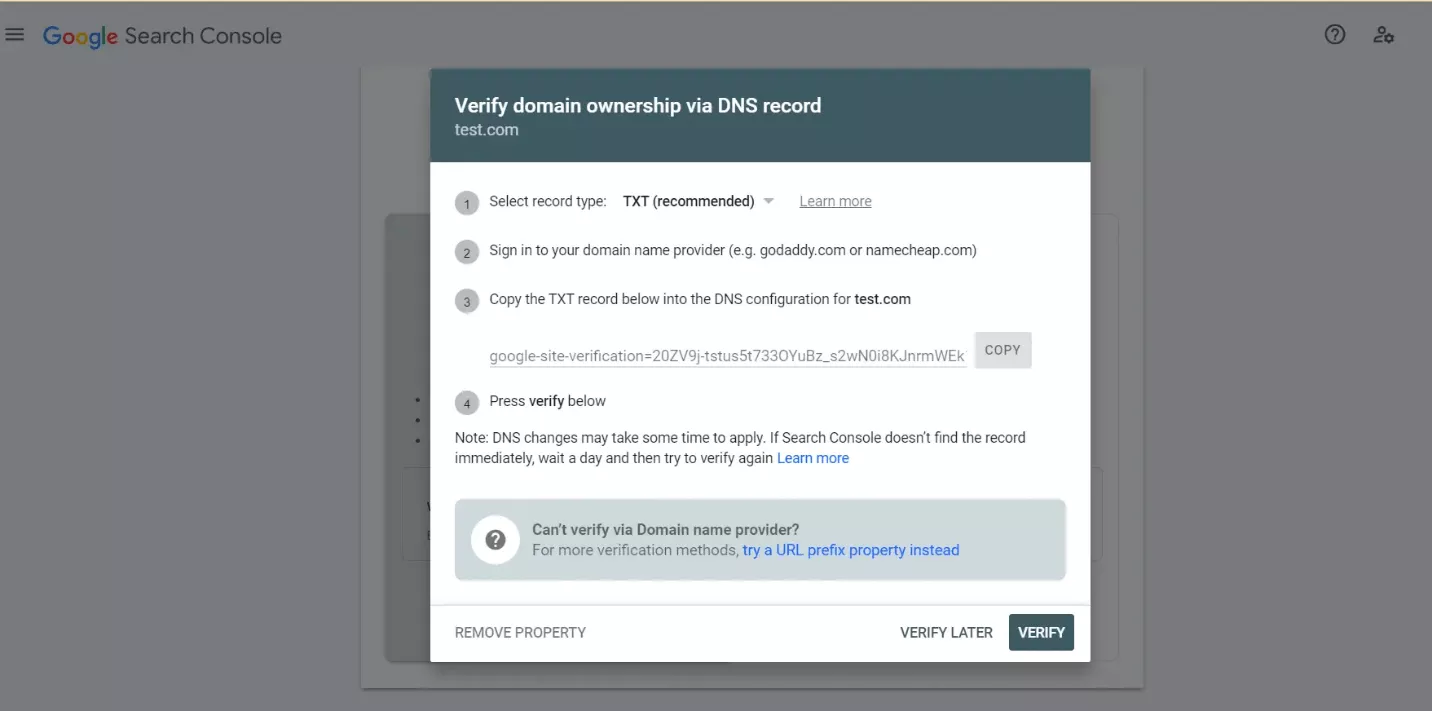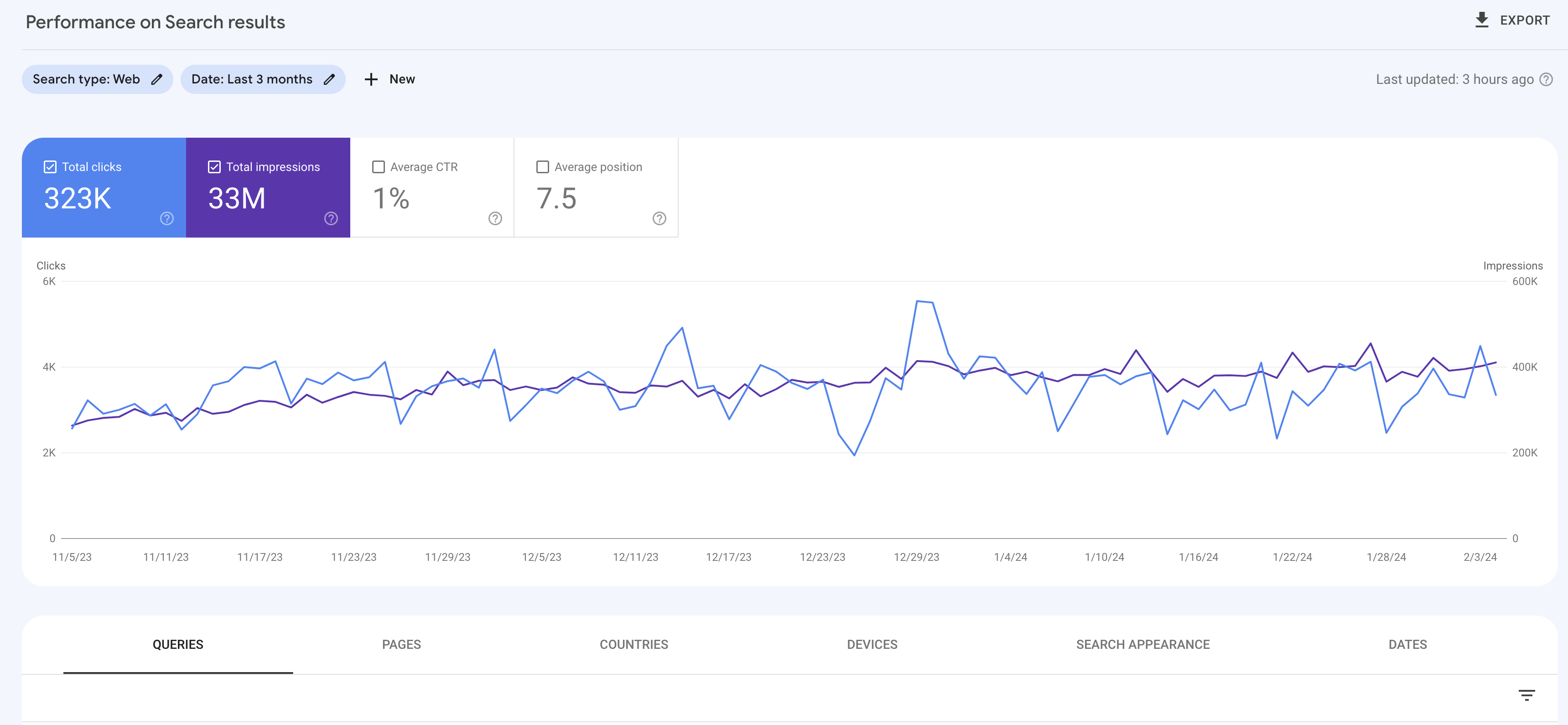
In the fast-paced world of digital marketing, taking the time to produce quality results for the business owner funding the promotion process is crucial. Even when everything is done correctly—investing in proper website page optimization, building a cautious and continuous link profile, and consistently creating high-quality content—you can still expect fluctuations in website page rankings for various search terms, leading to corresponding ups and downs in organic search traffic.
Adding to the complexity, some searches are also seasonal, and search engines periodically update their algorithms, making the situation even more challenging. In this environment, it’s essential to find a way to ensure you’re on the right track, fulfilling the project’s purpose, and moving towards achieving campaign goals despite the background noise. Distinguishing between the seasonal impact of fewer searches and actual damage to rankings due to a flawed promotion strategy is key.
This is where the concept of SEO Analytics—or measuring the website promotion process—comes into play.
How Does SEO Analytics Work?
One of the most significant advantages of the SEO process is the ability to measure, monitor, and analyze every piece of information to generate insights that can inform a practical work plan for improving rankings and organic traffic. Through such measurement, you can answer questions like: What new opportunities does the organic promotion world offer us, and on which contents and key expressions should the promotion process focus? Do loading times of website pages negatively affect bounce rates and consequently harm site promotion performance? Which channels provide the best quality traffic to the site, and to what extent can this organic traffic be converted into paying customers?
✅ Sign up with Finderr now and effortlessly elevate your SEO analytics to masterful levels
Implementing SEO Analytics in Practice
Broadly, the process can be divided into three main content worlds. Let’s delve deeper:
Step 1: Ensuring Key Roles are Filled by the Right People
Before measuring, monitoring, drawing conclusions, and planning work, two critical steps significantly impact the process’s success: finding the right people for key roles and determining the frequency of various activities in the domain.
The first action, placing the right people in key roles, is crucial. Different roles have different requirements—some require advanced analytical skills using sophisticated tools, while others need high interpersonal skills, especially in link building, mentions, and user reviews. It’s possible for someone to have advanced analytical skills but lack interpersonal abilities, and vice versa.
Of course, this brings up the issue of pricing. Not all employees can earn the same salary. In some cases, it might be wise to forgo the services of a high-earning employee in favor of a newcomer to the SEO world.
The second action is deciding how frequently those designated for key roles will use their research tools. Essentially, this decision determines how closely the organization wants to monitor its SEO performance, depending on the number of clients, the types of clients, the dynamism of their niche, etc.
Step 2: Choosing and Implementing the Right Measurement and Monitoring Tools
Marketing processes are worthless if based on irrelevant data. When segmenting your website traffic to decide which population is relevant for your marketing campaigns and which is less so, which population converts more or less, and which campaigns generate real revenue versus those that are not profitable, you must be data-driven and ensure the data is of high quality.
The primary tool for monitoring traffic to your site is well-known: Google Analytics. With Google Analytics, a complementary product provided by Google to its advertising services, you can analyze essential data and formulate insights about your site visitors’ behavior.
With Google Analytics, you can dive deep into a wealth of data about your site’s performance, such as identifying where your traffic originates, understanding visitor engagement through bounce rates, pinpointing the geographic locations of your audience, tracking which pages captivate their interest, and pinpointing your most effective landing pages tailored to your organization’s goals. Moreover, by quickly integrating Google Analytics with Finderr, you can streamline your workflow, receiving personalized SEO analytics insights directly via email, making data-driven decisions more accessible than ever.
Installing and Configuring Google Analytics in Detail
To begin with Google Analytics, the first step is to sign up and create a Google Analytics account.

Once the account is set up, the next critical phase is to establish a property within your Analytics account.

This property represents the digital asset you wish to monitor, such as a website or mobile application under your ownership. The creation of a property is an essential step as it serves as the foundation for collecting data on your digital asset’s performance.
After the property is established, Google Analytics requires you to integrate a tracking code into your website or app. This unique snippet of code is crucial for enabling Google Analytics to start gathering data on user interactions with your site or app. The process involves accessing the ‘Admin’ section within your Google Analytics account, selecting the appropriate property, and then navigating to the ‘Tracking Info’ section to obtain your tracking ID and tracking code snippet. This code must then be correctly installed on every page of your website or within the app to ensure comprehensive data collection.
Furthermore, setting up events within Google Analytics is a pivotal step towards tailoring the tool to your specific business objectives. Events can be configured to track conversions, such as form submissions, product purchases, or other key actions visitors take on your site. By defining these events, you can gain valuable insights into how well your site fulfills your target objectives, allowing for data-driven decisions to enhance your site’s performance and user experience.
Leveraging Google Search Console for Enhanced Site Insights
Google Search Console is another indispensable tool for website owners, offering a suite of features to monitor and report on your site’s visibility in Google search results.
 You will need to opt for either domain-level verification or verification through a specific URL prefix.
You will need to opt for either domain-level verification or verification through a specific URL prefix.

To begin using Google Search Console, you must first verify your site’s ownership, which confirms to Google that you are the rightful owner or manager of the site. This verification can be accomplished through several methods, such as DNS verification, uploading an HTML file to your server, HTML tag insertion in the header of your site’s home page, or through your Google Analytics or Google Tag Manager setup, among others.

Once verified, Google Search Console provides a wealth of data about how your site appears and performs in search results. You can see which search queries bring users to your site, how often your site appears in Google search results (impressions), the click-through rates (CTRs) for various queries, and your site’s average positions for those queries. This information is invaluable for understanding your site’s search performance and identifying opportunities for improvement.

A particularly useful feature of Google Search Console is the ability to see which pages of your site are being displayed in search results for specific queries, which can help you identify potential cases of keyword cannibalization. This occurs when multiple pages of your site compete for the same keywords, potentially diluting the effectiveness of your SEO efforts. Recognizing and addressing these issues can help streamline your site’s SEO strategy, ensuring that each page targets a distinct set of keywords and themes, thereby maximizing your site’s overall visibility and performance in search results.
Additionally, Google Search Console enables you to monitor and analyze the CTR for your site’s listings in search results. Low CTRs for pages that rank well might indicate that the title tags or meta descriptions of those pages are not compelling enough to encourage clicks. By refining these elements, you can potentially increase your CTR, driving more traffic to your site without the need for significant changes to your site’s content or structure.
In summary, effectively utilizing Google Analytics and Google Search Console provides a comprehensive view of your site’s performance, from how users engage with your content to how your site is represented in search results. By harnessing the insights these tools offer, you can make informed decisions to optimize your site, enhance user experiences, and ultimately achieve your business goals.
Step 3: Developing High-Quality Reporting Processes
This stage is of utmost importance: if you’ve connected your site to the measurement and monitoring tools, completed the necessary verification processes, defined goals and metrics, and even created a foundation for generating reports, but your reporting processes are incomplete, inaccurate, and not tailored to the intended audience, the process will be ineffective, and senior management will quickly lose faith in it.
What can be done to create high-quality reporting processes? Here are some crucial components that every reporting process must include:
- Tailoring the report to the audience: Senior management is likely interested in the bottom line, while technical personnel care about operational performance, issues, and failed referrals. Middle managers might want to know which keywords are generating actual sales and which are keeping sales representatives busy with explanations to customers but not yielding the desired business results.
- Keeping reporting processes simple and uncomplicated: To refresh the way performance reports are produced, there’s sometimes a tendency to use advanced and complex graphs. While complex graphs can convey a lot of content, this approach is not recommended. A graph must be simple to understand, as its purpose is to present a clear picture that can be grasped in a few seconds. Otherwise, complex messages can be conveyed through text.
- Focusing on insights rather than data: Data presented to management or different business clients must serve a purpose, make a statement, and drive clear action. Presenting general data that doesn’t tell a story can lead to lengthy and unnecessary discussions about how it can add value to the organization. Business insights, for example, that a certain topic is growing in searches and creating a page containing all the relevant content could provide quality answers to users and add value for the brand. Another interesting business insight could be that a specific page on the site generates a lot of non-quality traffic, engaging the company’s representatives, selling much less than other content pages, and considering the cost-benefit, the high rankings of the page do more harm than good. Therefore, it’s worth considering canceling the page, merging it with others, or de-optimizing it for the site.
- Aesthetics and visual appeal: While the design of reports might seem superficial, trivial, and unimportant, it has significant importance. Consider this: senior managers receiving performance reports about site promotion are not primarily engaged in this area. Therefore, they might not always have the time, patience, or desire to delve into the data. Impressive visuals, inviting graphical reports, and a clean, aesthetic look can enhance the involvement of relevant parties and encourage them to invest their time, contributing to maximum performance.
- Distilling the essential from the trivial: When reporting on site promotion performance, it’s easy to fall into the trap of irrelevant data. What would you say as senior business managers if you were told that certain site rankings in search result pages were harmed, but sales originating from organic site traffic increased drastically? Is there any importance in such a case to the rankings of a specific expression? How important is that expression really? And overall, what interests the specific organization—is it rankings, reputation, or sales? Of course, the answers can vary among different organizations. Filtering the essential from the trivial is the most critical task for those preparing the report. The ability to generate noise in the world of digital marketing, sales, and consumer behavior analytics is straightforward, so there’s great importance in creating an appropriate report that generates meaningful insights.
- A significant trend outweighs a momentary event: The world of organic site promotion is considered one of the most dynamic and developing content worlds in the digital marketing field. The numerous updates to the ranking algorithm of various search engines, the changing way results are presented, the entry of competing services like bots that can answer users’ questions, and the changing consumption habits of end customers—all these factors mean that a search you conducted in the morning will not be the same as one conducted in the evening. It’s not practically possible to keep track of these changes. Instead, it’s important to understand whether a clear trend exists. Is a certain area growing over time despite minor setbacks? Are there competitors starting to gain more and more presence in the search engine, requiring deep thinking about how to deal with them?
In Conclusion
Measuring the site promotion process is a complex task that requires careful use of tools, quality goal setting, generating insights rather than just data, placing quality key personnel in relevant positions within the organization, and continuous learning. Through quality measurement, analysis, and reporting, it will be possible to make the right business decisions that will allow the business to be ranked for the most relevant expressions, generate quality traffic from visitors, convert them into paying customers, and encourage them to return for additional services from the business in the future.


